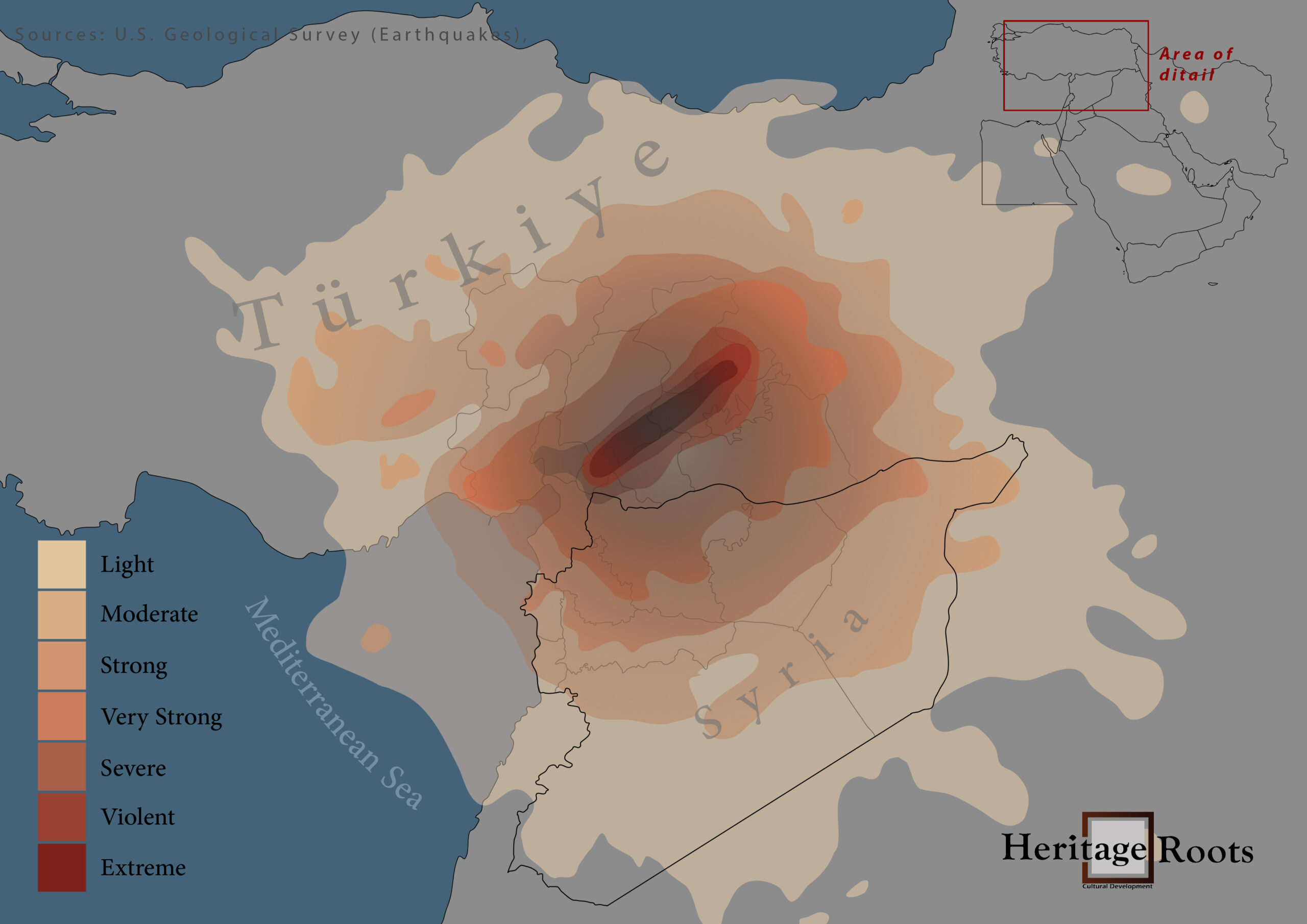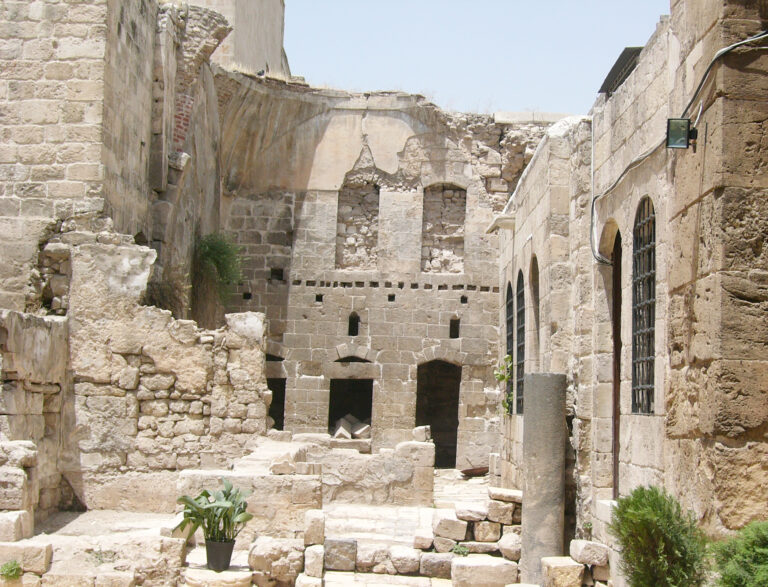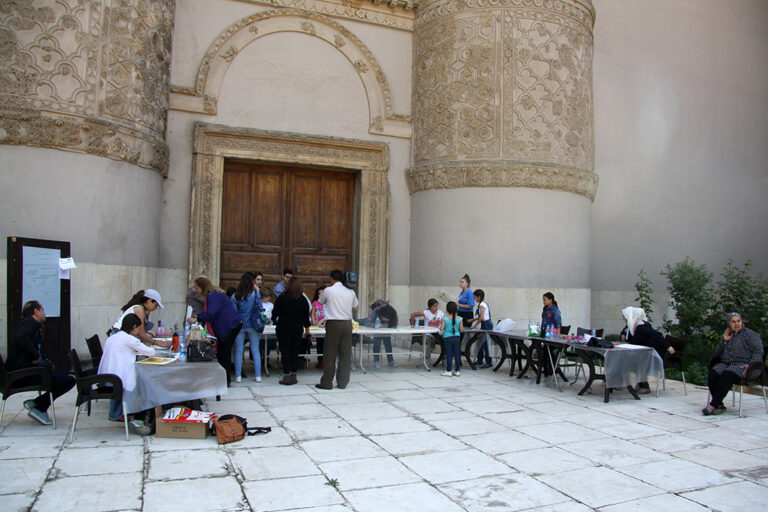Throughout its history, Syria has been exposed to dozens of earthquakes, including the earthquake that struck the coastal cities in 1822 AD with a magnitude of 7.5 on the Richter scale, as well as several earthquakes that hit Antioch between the years 458 and 526, 528 and 859 AD. Each time an earthquake occurred, archaeological sites and historic buildings were damaged. However, the most severe of these earthquakes was the Turkey earthquake on February 6th, 2023 AD, which measured 7.8 on the Richter scale and caused extensive damage and numerous casualties. Archaeological sites were also affected by the earthquake.
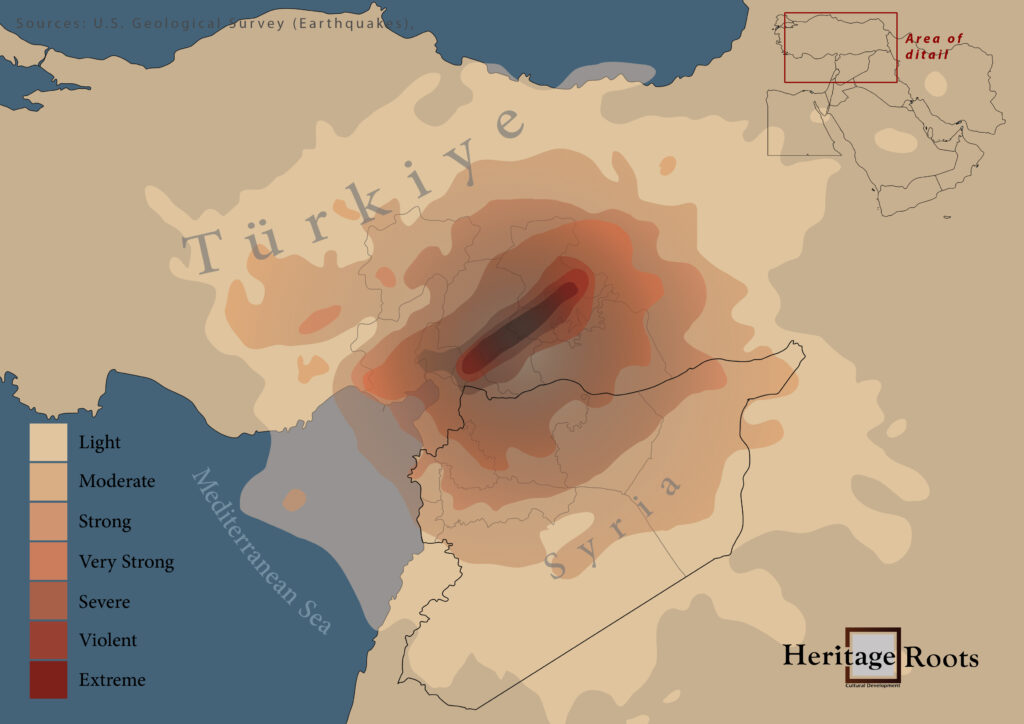
The Forgotten or Dead Cities are archaeological villages located within the administrative boundaries of the Aleppo and Idlib governorates in northwestern Syria. They cover an area of 5,500 square kilometers and were built between the 1st and 7th centuries AD, with some extending to the 10th century. Over 800 archaeological sites and villages were constructed during the flourishing period of Christianity, with more than 2,000 churches being built. The Saint Simeon Stylites Cathedral, built between 476-491 AD, was one of the most important religious complexes and was a place of pilgrimage in the past and tourism in the present.
The Syrian Heritage Protection team, which specialized in documenting and evaluating the damage, conducted an initial inspection tour to monitor the damage to archaeological sites in the devastated area. They
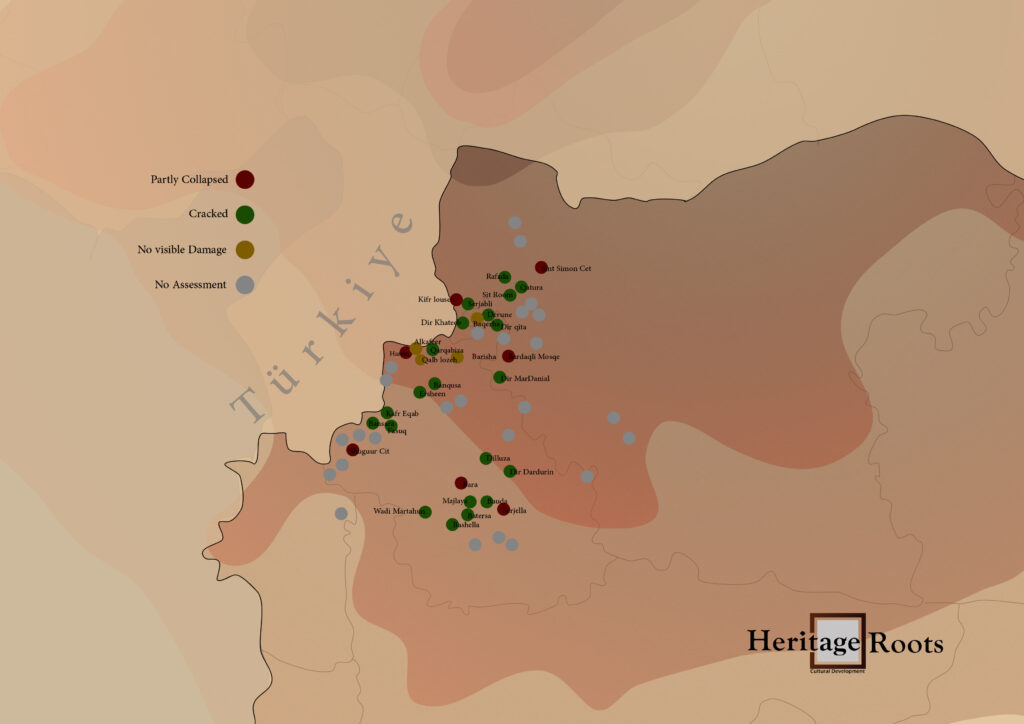
visited most of the archaeological sites distributed across eight parks in northwest Syria, which is registered on the World Heritage List.
Detailed maps were produced based on the results received from the damage assessment team, including a color-coded explanation of the type and severity of damage that occurred to the archaeological sites, including:
– Collapsed walls and/or ceilings
– Cracks in walls
– No noticeable damage
– Not assessed yet
You can Download all Reports from the below links

